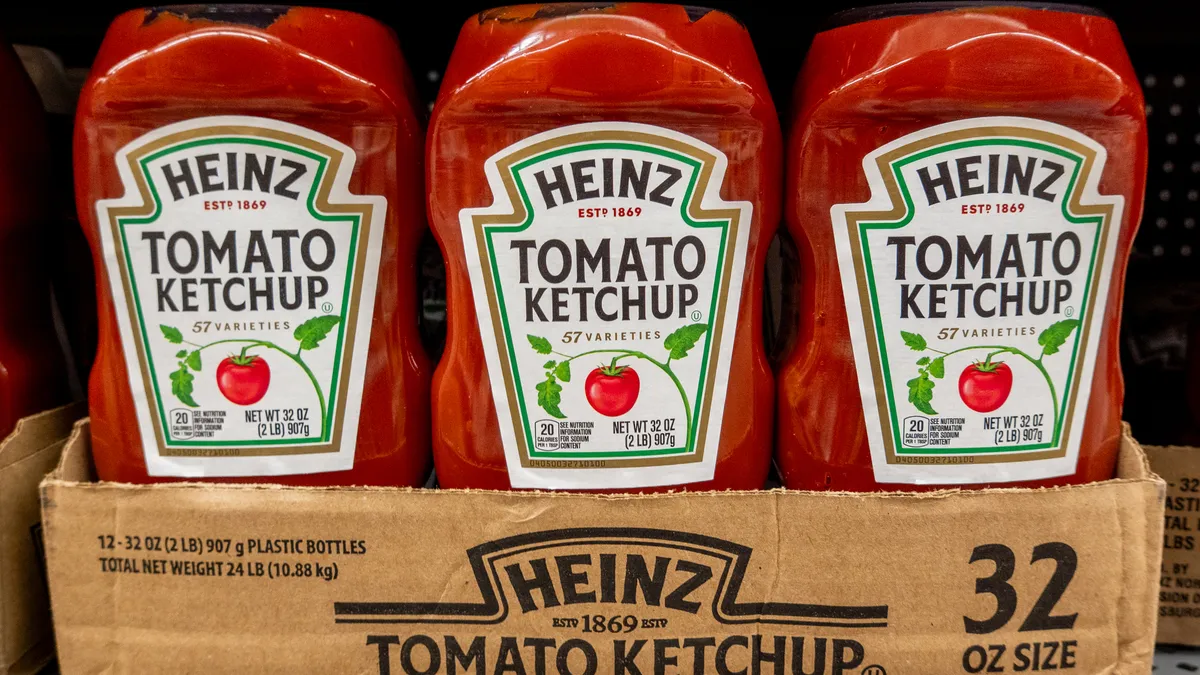I worked for a company where sales and operations plans were formulated in secret by a few who thought they knew better than anyone else about market demand, capacity and cash flow. My favorite justification to beef up the production schedule came from a sales person who claimed a customer smiled at him from across the room at a recent trade show. Crank it up!
Weekly schedule changes, no matter the severity, were silently entered into the ERP system by fiat late on a Friday afternoon. The impact on the supply chain organization was evident on Monday morning when the new reports were released. By Monday afternoon, there was often a mutiny in the supply chain due to schedule changes, unanticipated orders, or even cancelations. Schedules were finally realigned by the end of the week, only to be upended the following week.
It’s time to take sales and operations planning (S&OP) out of the back room and shed light on this far too opaque process. By adding technology and cross-functional collaboration to a practice sometimes equated with hunches and eternal optimism, S&OP can be the valuable tool that it portends to be. Including representation from the supply side will make the planning stronger and more realistic.
Matching supply and demand
S&OP, in its simplest form, is the process of matching supply and demand in manufacturing and service companies. It allows a company to establish a 6- to 12-month production plan by looking at capacity and finances all while trying to balance customer demand and supply, including the materials and services brought in from the supplier community.
But quite often the procurement organization is disconnected from the actual planning causing potential supply chain turmoil.
A root cause of poor sales and operations planning is not taking the supply chain into consideration. Procurement and supply chain operations should be considered a direct part of the S&OP team because of their control of the supply chain. The performance of an agile and responsive supply chain is critical in meeting the needs of customers. Poor performing suppliers, those with high costs, poor quality, and inaccurate deliveries, can paralyze a company, impact sales, and destroy customer relationships, causing even the best sales and operations plans to fail.
It’s time to take sales and operations planning out of the back room and shed light on this far too opaque process.

Supply Chain Dive
"S&OP really needs a strong rebranding effort," said Mark Moon, a co-author of ‘Advanced Demand /Supply Integration (DSI) Best Practices’, a white paper published by the Global Supply Chain Institute of the University of Tennessee Knoxville. "Some call it integrated business planning and we call it DSI, but in any case, this important effort in many companies has become stale."
Moon notes a potential lack of trust in the data provided by the sales function. A forecast made without the proper strategic input from other related functions such as operations could create turmoil in the supply chain, including excess inventory or stockouts, both symptoms of inaccurate forecasts. "This is a big cultural change that companies need to go through."
"DSI should be an integrated process with all of the functional stakeholders making contributions, including sales and marketing and finance," said Moon. "I see in many companies the DSI process being driven by the supply chain operation as they need the proper demand forecast to meet the needs of the business, but the other functions are failing them."
Moon notes that far too often, supply chain management reacts to the demand rather than being part of the planning creating downstream issues. "DSI in too many companies is far too tactical. Sales and marketing and finance really need to contribute at a higher level and be part of the strategic planning."
Is data the answer to better S&OP?
The use of data analytics has had a dramatic impact on business planning and execution for companies choosing a more technological approach to operations. On one hand, there are companies that rely on data models to make most business decisions; but on the other hand, companies still use a dart board approach to planning, relying on hunches and intuition. As with most things, there is a balance.
"The use of technology has evolved and is an important component of S&OP," said Madhav Durbha, vice president of industry strategy for Kinaxis, a Canada-based supply chain management and sales and operations software provider. "A key foundational capacity of S&OP is the ability to evaluate a range of scenarios and be prepared for what works best," said Durbha, providing some real workplace S&OP situations.
Durbha described a planning scenario where a new drug was intended to launch into a market and would require significant capital investment, yet with no guarantee of regulatory approval. How would a company prepare for no approval, approval for only certain markets and countries, or full approval in all markets but with staggered timing? Complex modeling would be needed to solve the S&OP puzzle.
"Sales and marketing and finance really need to contribute at a higher level and be part of the strategic planning."

Mark Moon
He then described another situation that has been in the headlines for weeks. "How can companies plan for new government tariffs on steel and aluminum imported into the United States and the export of finished products to the EU?" asks Durbha. "Companies may need to shift manufacturing to the EU or other international location. Effective S&OP is mandatory in these types of situations."
According to Durbha, these are the critical sales and operations planning decisions that companies need to make on a regular basis. It requires pulling together data from various sources, cleansing and harmonizing the data, and running scenarios.
"As supply chains become more intertwined and complex, running these kinds of scenarios need to be scalable beyond manual or spreadsheet driven methods." said Durbha, "Technology is the third pillar that can provide the right balance to people and process to successfully enable S&OP."
Moon notes a potential lack of trust in the data provided by the sales function. A forecast made without the proper strategic input from other related functions such as operations could create turmoil in the supply chain, including excess inventory or stockouts, both symptoms of inaccurate forecasts. "This is a big cultural change that companies need to go through."




















